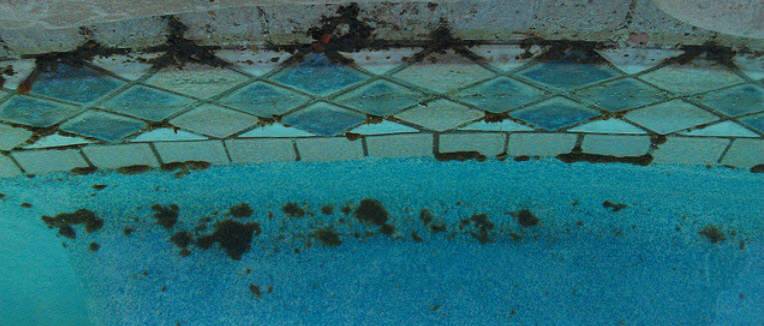- Jun 13, 2023
- 4
- Surface
- Fiberglass
- Chlorine
- Salt Water Generator
- SWG Type
- Hayward Turbo Cell (T-CELL-5)
I have been struggling with what will remove black mold from my silicone pool grout. Things I have tried thus far are: using a paint brush and applying liquid pool shock then scrubbing with a stiff bristle brush, cutting a 3” chlorine tablet and rubbing the affected area, distilled vinegar and a scrub brush. The areas affected are below the waterline so I have drained the water below before attempting each of these methods. Nothing has worked well or easily. Lastly my water chemistry is always in line and is monitored by a computer that adds in chlorine and acid as needed. Any suggestions would be greatly appreciated. Attached is a picture of one of the problem areas.





